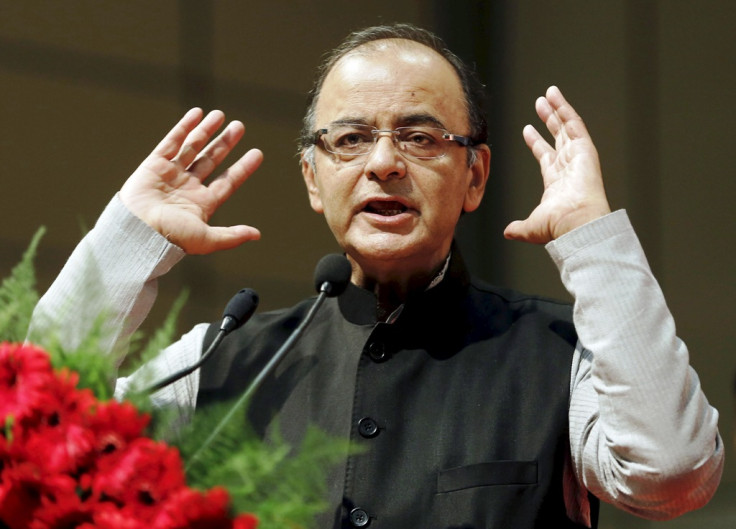India finalises four-slab goods and services tax structure ranging from 5% to 28%
More than 50% of the items in the consumer price index basket will be exempted from taxes to curb inflation.

India's goods and services tax (GST) council has finalised a four-slab tax structure marking the first step in the implementation of one of the biggest tax reforms in the country that is aimed at protecting the common man from inflation.
The Indian parliament had in August passed the long-awaited GST bill, saying it would pave the way for India to move towards a "one nation, one tax" policy.
At the end of the first day of a two-day meeting, the GST council decided the four slabs at 5%, 12% 18% and 28%.
Finance Minister Arun Jaitley said more than 50% of the items in the Consumer Price Index basket would be exempted from GST, meaning they will not be taxed. Goods that fall under the zero tax slab include essential food grains and other items consumed by the majority of the population. The remaining 50% of items will be taxed at the lowest rate of 5%, in a bid to keep inflation under control.
Luxury and demerits goods, meaning those whose consumption is considered unhealthy, will attract the highest tax slab of 28%. The products that come under this slab include luxury cars, tobacco and aerated drinks.
Soaps, oil, shaving kits, small cars and other goods consumed by the middle class would be placed in the 18% tax slab. This will benefit the middle-class as these goods currently attract a total of between 30 and 31% in state and central taxes.
The GST council will provide more insight into the new tax structure after the conclusion of the meeting on Friday. It will give more updates such as the tax rate for gold and precious metals. It will also specify the taxes it will charge on services apart from giving more details about products falling under particular tax slabs.
While it was earlier said that gold could attract a tax rate of 4%, some are expecting it to fall under a fifth tax slab which would be much lower.
Revenue Secretary Hasmukh Adhia said services could fall under the 18% slab.
The government will introduce a bill in the upcoming winter session of parliament to complete the legislative process required for implementation of the reforms. Once this is completed, the new structure will come into effect on 1 April, 2017, the beginning of the next financial year in the country.
The GST council said apart from the defined tax slabs, the government will impose an additional levy on products such as tobacco that currently fall under a tax slab that is much higher than 31%.
While this is in contrast to the original idea of having one single tax for products across the country, the council said the levy will be used to create a fund worth Rs 500bn (£6bn,$7.49bn) to compensate states for the loss of revenue under the new tax slabs. The levy will be in force for the next five years, and the council will take a call on its future in the fourth year.
Arvind Subramanian, chief economic adviser to the Indian government, said the changes could help curb inflation. "On average, this should probably serve to lower inflation. If at all, the impact on inflation will be very small. Today's change should probably bring it down," he was quoted as saying by Economic Times.
© Copyright IBTimes 2025. All rights reserved.





















